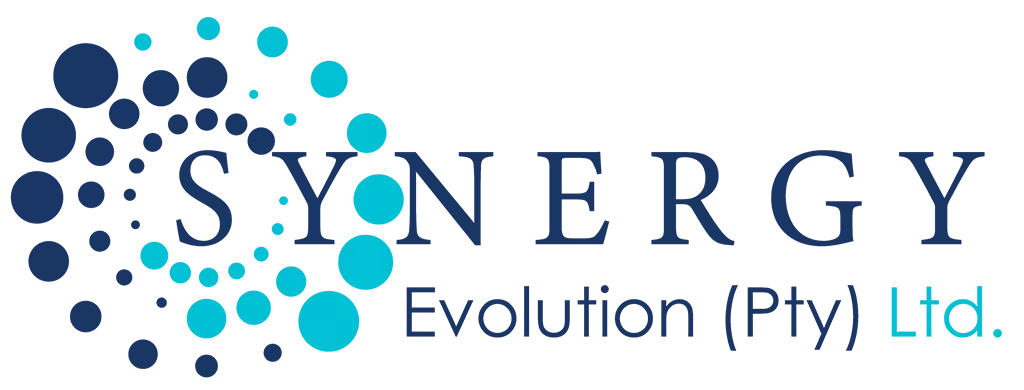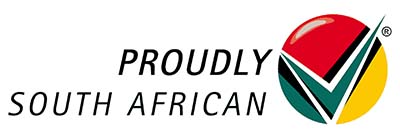Every organization at some point owns assets. And if you are to own assets you need to have a strategy, a plan, or means of properly managing those assets.
This is paramount for an organization. This strategy is a clearly laid out plan that outlines what needs to be done, and how it ought to be done.
In this article, we look at the steps involved in coming up with a strategic asset management plan.
1. Complete an asset inventory
Before anything else, an owner needs to take count of all the assets that he owns.
If you are not aware of the exact number of assets in your inventory, then you won’t manage them effectively.
The first step is to know what assets exactly you have. When preparing an inventory of company assets, the following should be included:
- Total count of assets – what is the total number of assets? The actual number! This will give us an idea of whether or not to increase the number of assets or decrease them. Not only that, we can better plan on what numbers of assets we can hold, grow, or divest.
- Where are the assets – On top of knowing the number of assets, it’s important to know where those assets are. Some assets might be close together, thus when managing them we can group them together. Some might be far apart and might require remote management. Rest assured, all assets get equal attention.
- The value of each asset – Now that we have the total count of assets and know where they are, we need to also know what value each asset has. It is much easier to compute this value in monetary terms. We can also use this information for future references to check whether the asset value is increasing or decreasing.
- When the assets were acquired – this is also important in taking inventory. We need to ascertain when the assets were acquired and how long we have had the asset.
- The expected life cycles of the assets – different assets have different life cycles. It’s also important to check the expected life cycles of the assets you have.
No need to worry. Synergy Evolution is an expert in this field. Get in touch with us immediately here, to get started on asset inventory.
2. Compute life-cycle costs
If you want an asset management plan to be precise, then you should calculate the entire life-cycle costs of each asset.
Many company owners make the mistake of calculating only the initial purchase costs.
During the asset’s life cycle, additional costs are likely to come up such as –
- Maintenance expenses – costs to make sure the asset stays in the best condition.
- Condition and performance modeling – The entire process of using asset data to inform decisions is called asset modeling. To capture conventional understanding and support decision-making, asset modeling combines elements of asset analytics, reliability engineering, and mathematical optimization into a single integrated approach.
- Disposal costs – Disposal costs are expenses that are directly related to asset disposal. The costs can be significant because of the difficulty associated with the disposal of infrastructure assets. Income and expenses associated with asset disposal are dependent on whether the assets are sold, demolished, or relocated.
3. Set levels of service
After computing the life-cycle costs, the next step is to set levels of service. Put simply, it means outlining the overall quality, capacity, and role of the different services that the assets provide.
Levels of service (LOS) is a term in asset management referring to the quality of a given service. Defining and measuring levels of service is a key activity in developing infrastructure asset management plans.
Levels of service may be tied to the physical performance of assets or be defined via customer expectation and satisfaction. The latter is more service-centric rather than asset-centric.
In doing so, we can then better determine the operating, maintenance, and renewal activities needed to keep the assets in good condition.
4. Exercise long-term financial planning
Ideally, the asset management process that we adopt should easily translate into long-term financial plans.
With a good financial plan in place, you can then assess which objectives are feasible, and which ones need to be prioritized.
This step is important to the overall process of asset management. Ideally, we would want assets to keep bringing value to you over the long term.
That way you can continuously rip the benefits of having an excellent company like ours manage your assets.
Long-term thinking also ensures that your beneficiaries come after you are week taken off. That’s generational wealth.
3 key benefits of Asset Management
There are many benefits of adopting an asset management strategy, these include:
1. Improving acquisition and use
By keeping tabs on a company’s assets throughout its life cycle, a firm owner can improve their technique of acquiring and utilizing assets.
Asset management identifies wasteful practices on assets that don’t bring in value or decrease it. With this information, we can then quickly get rid of those practices.
2. Improving compliance
Government agencies, non-profit organizations, and companies are required to provide comprehensive reports on how they acquire, utilize, and dispose of assets.
To ease the reporting process, we record the asset information in a central database. In such a way, when you need to compile the reports at the end of their financial year, we can easily access all the information they need.
3. Increasing asset value.
Like any good management practice, asset management is tactful, and strategic to ensure you get the best value out of all your assets.
With a good system in place, you will reap exponential returns.
Summary
Asset management is simply a system that helps companies keep track of all their assets, such as vehicles, equipment, cash, human resources, and investments.
Keeping tabs on the assets helps streamline operations, especially in relation to their sale or disposal.
The process also minimizes the chance of recording ghost assets since all the available assets are well accounted for.
FAQS.
What are the Current Assets?
Current assets are those that can be quickly turned into cash or used up within a year. Sometimes they are used during the regular corporate operating cycle, or both (whichever comes first).
The time it takes to purchase or create inventory, sell the final goods, and receive payment for them is referred to as the operational cycle in this context.
A business’ operating cycle typically lasts for one year. However, some businesses have operational cycles that last more than a year.
For example, booze businesses consider their inventory’s current assets. Despite the fact that such inventories continue to age for longer than two years, this is the case. Let’s look at examples of current assets below.
1. Cash
Since cash is an entity’s most liquid asset, it is crucial for the business’s short-term viability.
The amount accessible to the business is represented by the cash balance under current assets. It can use this money to cover its ongoing expenses. Coins, different currencies, money on deposit at the bank, checks, and money orders are typical examples.
As the entity’s most liquid asset, cash is included as the first item under the account heading “current assets” on the balance sheet. The current assets account category’s entire contents are listed in the assets’ order of liquidity.
2. Cash Equivalents
Cash equivalents are the result of cash invested by the companies in very short-term, interest-earning financial instruments.
These financial products may be quickly turned into cash, often within 90 days, and are very liquid and safe. These securities also include money market funds, treasury notes, and commercial paper.
Additionally, it is simple to trade these assets on the market and to estimate their worth.
As a result, one of the fundamental principles of cash management is that idle funds shouldn’t be kept in accounts that aren’t being used. Instead, extra money has to be invested in these tradable assets.
3. Inventory or Stock
The total of things in inventories is either:
- stocked with the intention of selling them during regular business hours (finished goods)
- It was being produced and finally going to be marketed (work-in-progress)
- soon be used up in the production of products that would later be marketed (raw material)
The commodities included in the inventory are those that would typically be sold during normal business operations.
Thus, in the case of merchandising enterprises, items that are available for resale are included in inventory. While in the case of manufacturing enterprises, inventory includes raw materials, things that are in process, and finished goods.
Raw materials consist of goods that are used for manufacturing products. Work-in-process refers to products that are still being manufactured and have not yet been finished. The term “finished products” describes objects that have been completed and are available for purchase.
The costs associated with getting the items to a location and condition where they may be sold further are now included in the cost of inventory. This implies that the cost of inventory comprises elements such as purchase expenses, conversion charges, freight-in, and similar costs.
4. Debtor’s Account
The sums that consumers owe a business for the products and services it provided on credit are known as accounts receivable. The balance statement shows the receivables at their net realizable value. These sums are established after taking the cost of bad debt into account.
The provision for questionable accounts now increases as the bad debt charge does.
The difference between gross receivables and the provision for doubtful debts is what is known as the accounts receivable’s net realizable value. The company anticipates receiving payment from its clients in the form of these accounts receivable at net realizable.
5. Marketable Securities
The investments that the corporation has made are in marketable securities. These investments may be readily sold and are anticipated to be liquidated within a year. Treasury bills, notes, bonds, and equity instruments fall under this category.
As a result, once obtained, these trading securities are recorded at cost plus brokerage costs. The value of these assets, however, might change drastically. This is due to the ease with which these securities may be sold.
Thus, after the first acquisition, these trading securities must be recorded at their fair value. Therefore, the company’s income statement shows the change in its worth.
6. Prepaid Expenses
Operating expenditures for a firm that have been paid in advance are referred to as prepaid expenses.
As a result, when these costs are paid at the start of the accounting period, cash is reduced on the balance sheet. At the same time, a current asset with a value of the same amount is formed in the balance sheet.
These prepaid expenditures do, however, ultimately become current asset expenses. The matching principle of accounting dictates that these costs are transformed when the organization benefits from an asset.
Prepaid costs include things like rent and insurance, among others.





